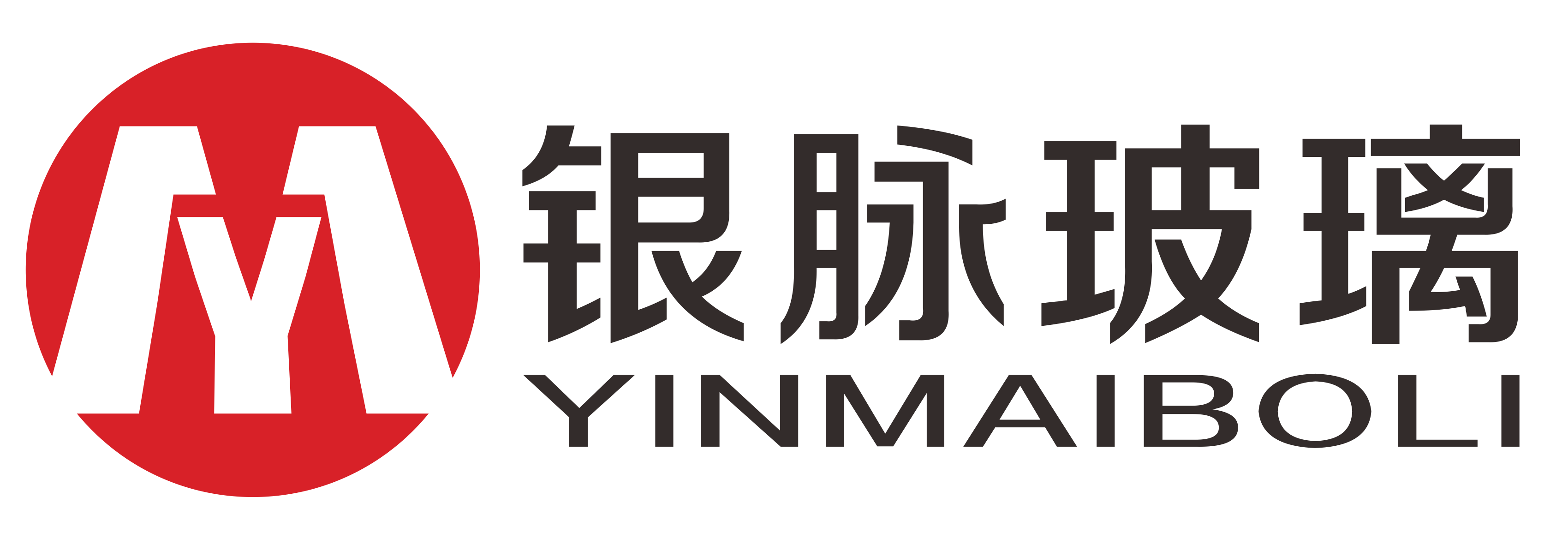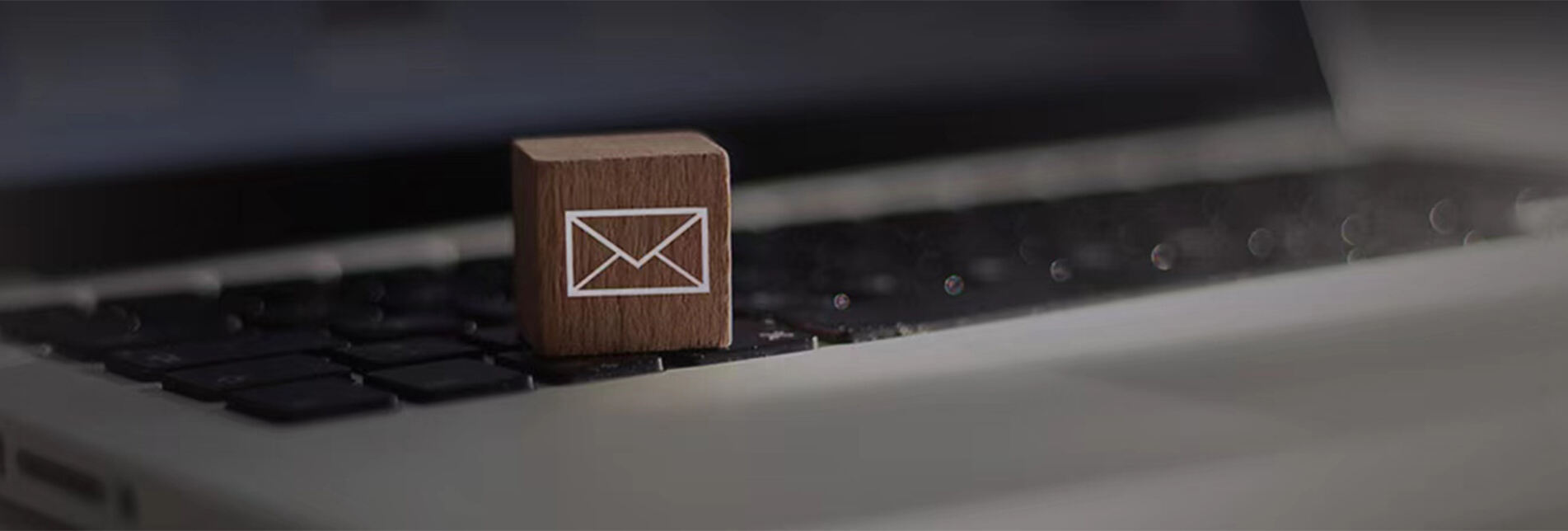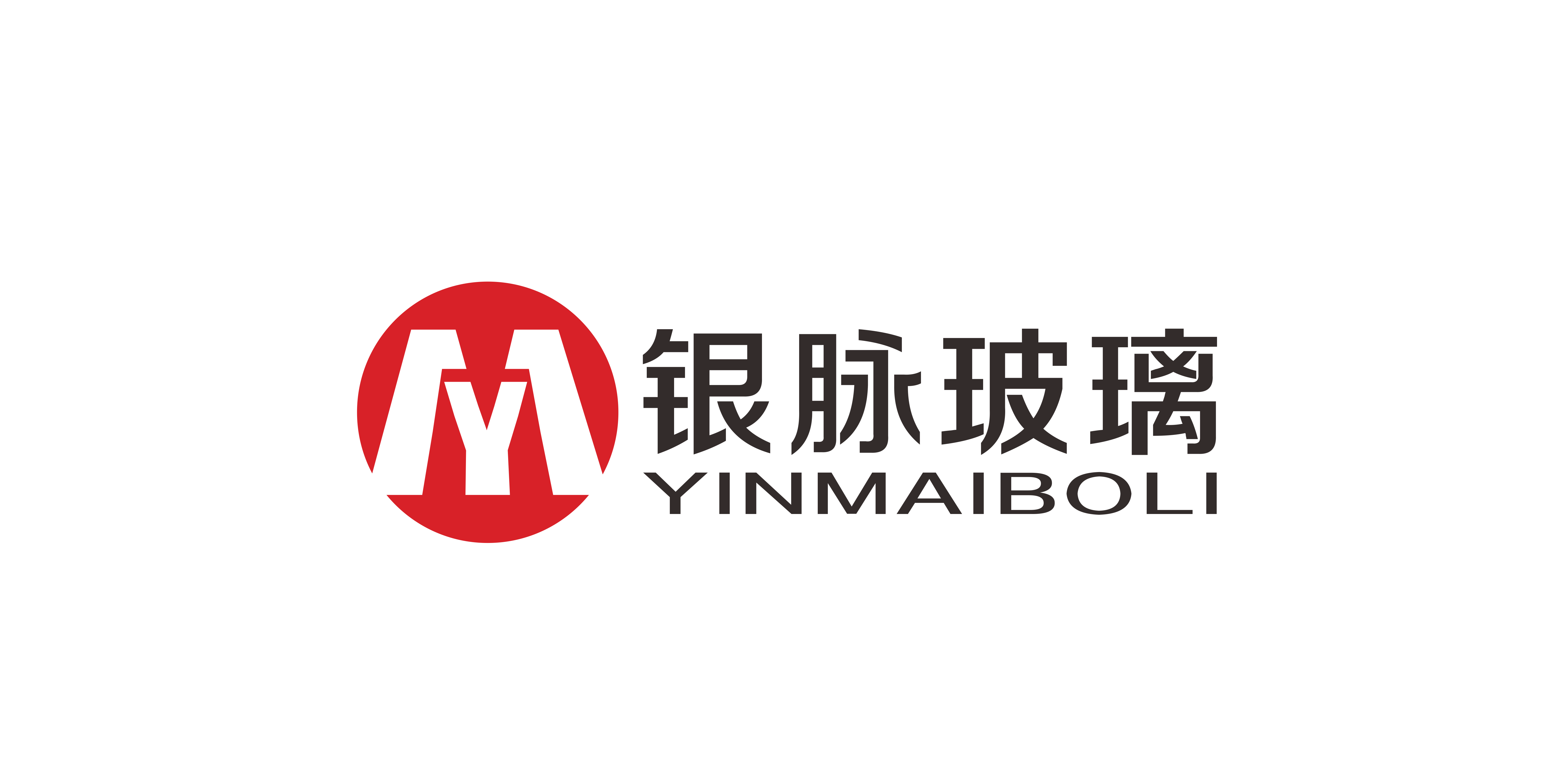친환경 유리 에센셜 오일 용기: 지속 가능한 포장재를 위한 대량 도매 옵션
친환경 에센셜 오일 용기로 유리의 장점
자외선 분해에 대한 우수한 보존성
유리 용기는 시간이 지남에 따라 에센셜 오일을 손상시키는 유해한 자외선을 차단하는 데 매우 효과적입니다. 햇빛에 노출되면 이러한 귀중한 식물 추출물은 분해되기 시작하여 효능을 잃게 됩니다. 일부 연구에 따르면 호박색이나 코발트색과 같은 어두운 색 유리병은 자외선의 약 99%를 차단하여 오일이 본래보다 훨씬 오랫동안 신선하게 유지될 수 있도록 합니다. 플라스틱은 이와 비교해 빛이 더 많이 통과되며 자외선도 어느 정도 투과되기 때문에 심각한 아로마테라피 애호가들은 그들의 소중한 오일을 보관할 때 거의 항상 유리 저장 용기를 선택합니다.
오일 순도를 위한 비반응성 특성
유리의 주요 이점은 에센셜 오일을 보관할 때 화학적으로 반응하지 않는다는 점입니다. 일부 플라스틱 용기는 시간이 지남에 따라 오일에 불필요한 화학 물질을 방출할 수 있지만, 유리는 오일을 순수하고 변함없이 유지해 줍니다. 유리가 아무런 반응 없이 그대로 존재한다는 사실이 귀중한 오일이 효과적이고 치유력을 충분히 유지하는 데 매우 큰 차이를 만듭니다. 이것이 바로 진지한 아로마테라피 애호가들이 에센셜 오일 컬렉션의 최대 강도와 품질을 유지하려 할 때 유리 병을 가장 먼저 선택하는 이유입니다.
무한 재활용 가능성의 장점
유리는 완전히 재활용이 가능할 뿐만 아니라 품질이나 순도의 손실 없이 반복적으로 재사용할 수 있기 때문에 돋보입니다. 환경 영향을 걱정하는 사람들에게 유리는 훌륭한 선택지가 됩니다. 새로운 유리를 처음부터 제조하는 것보다 유리 재활용에는 훨씬 적은 에너지가 소요되므로 친환경 생활 방식에 부합합니다. 소비자가 다른 포장재 대신 유리 포장재를 선택할 때, 이는 매립지에 버려지는 양을 줄이는 데 기여할 뿐 아니라 자원이 여러 번 사용되는 시스템을 지원하는 것입니다. 이러한 접근 방식은 오늘날 다양한 제품군 전반에 걸쳐 더 나은 지속 가능성 프로필을 구축하는 데 도움이 됩니다.
지속 가능한 대량 포장 솔루션
도매 구매에서의 규모의 경제
대량으로 물건을 구매하면 비용을 절감하고 장기적으로 이익을 증대시킬 수 있기 때문에 비즈니스 측면에서 타당한 전략이 됩니다. 기업이 도매 경로를 이용하면 포장 재료와 운송 비용을 절감할 수 있습니다. 이러한 절감 효과는 종종 고객에게 더 나은 가격을 제공하는 동시에 친환경 소비를 지원하는 데도 기여합니다. 또한 대량 구매는 공급망 전반의 운영을 효율적으로 만드는 데도 도움이 됩니다. 예를 들어, 제조업체가 여러 번의 소규모 주문보다 한 번에 필요한 물량을 주문하면 운송 및 저장 과정에서 발생하는 낭비를 줄일 수 있습니다. 지속 가능성에 대한 우려가 날로 증가하고 있는 오늘날의 시장에서는 이러한 효율성이 매우 중요합니다.
대량 운송을 통한 탄소 발자국 감소
대량 운송은 기업이 물건을 이동할 때 탄소 발자국을 줄이는 데 있어 가장 효과적인 방법 중 하나로 꼽힙니다. 제품을 소규모가 아닌 대량으로 운송할 경우, 개별 제품당 연료 소비량이 줄어들기 때문에 전체적으로 환경에 미치는 영향이 적어지게 됩니다. 많은 기업들이 여러 소규모 패키지를 따로 보내기보다는 주문을 합쳐 단일 운송으로 처리하고 있습니다. 이러한 방식은 배송에 필요한 트럭이나 비행기의 수를 줄여 내뿜는 온실가스의 양을 크게 감소시킵니다. 또한 기업들은 가능한 한 전기차량이나 다른 친환경 수송 수단을 사용하려는 경향이 있습니다. 이러한 변화들이 개별적으로는 작아 보일 수 있지만, 시간이 지나면서 우리 공급망의 지속 가능성에 실질적인 영향을 미칠 수 있습니다.
브랜드 일관성을 위한 맞춤형 옵션
브랜드 이미지를 강화하려는 기업들은 맞춤형 친환경 포장이 다양한 이점을 제공한다는 것을 알게 됩니다. 기업이 핵심 가치와 일치하면서 매장 진열대에서도 잘 보이는 포장 디자인을 도입하면, 경쟁이 치열한 시장에서 차별화하는 데 도움이 됩니다. 소비자들은 환경 문제에 대한 자신들의 우려와 같은 입장을 가진 브랜드에 더 오래 머무르는 경향이 있으므로, 포장이 친환경 원칙과 부합할 때 사람들은 이를 눈치채고 그 연결 고리를 기억합니다. 지속 가능한 포장의 일관된 외관은 지구 환경을 중요하게 생각하는 소비자들에게 강하게 어필하며, 브랜드 인지도를 확고히 유지하면서도 환경 영향 감소에 대한 진정한 헌신을 보여주는 완벽한 균형을 이끌어냅니다.
지속가능 포장재의 지역별 시장 동향
아시아-태평양 지역: 성장하는 웰니스 산업 수요
아시아-태평양 지역에서는 친환경 포장에 대한 수요가 실제로 급증하고 있으며, 이는 웰니스 산업이 빠르게 성장하고 있기 때문이다. 해당 지역 소비자들은 이제 쇼핑할 때 지속 가능성에 점점 더 많은 관심을 기울이고 있으며, 이에 따라 기업들은 제품 포장 방식을 재고해야 하는 상황이다. 일부 연구에 따르면 이 지역 웰니스 시장이 연간 약 10% 성장하고 있으며, 이는 분명히 친환경 포장 옵션에 대한 수요를 촉진하는 요인으로 작용하고 있다. 우리가 목격하고 있는 이러한 추세는 단순한 유행을 지나는 현상이다. 점점 더 많은 소비자들이 자신들이 구매하는 제품이 어디서 왔는지, 그리고 지구 환경에 어떤 영향을 미치는지 알기를 원하고 있다. 이 빠르게 확장되는 시장의 일부를 차지하려는 기업들에게 있어 친환경 포장은 더 이상 선택 사항이 아닌 필수적인 전략이 되고 있으며, 경쟁력을 유지하기 위해서라도 이러한 변화에 동참해야 하는 상황이다.
북미: 프리미엄 친환경 선호
요즘 북미 지역 사람들은 프리미엄 친환경 제품을 선호하는 경향이 강해지면서 기업들이 포장에 대해 생각하는 방식에도 변화가 생겼습니다. 이런 변화는 사람들이 온라인 쇼핑을 점점 더 많이 하게 되면서 비롯된 것으로, 환경에 대한 우려가 커지자 브랜드들도 점차 친환경 포장 옵션으로 전환하고 있습니다. 수치로도 이를 확인할 수 있는데, 밀레니얼 세대의 경우 지구 환경을 위해 더 나은 제품에 추가 비용을 지불하려는 사람들이 약 75퍼센트에 달합니다. 이는 기업들이 제품 구성에 있어 창의성을 발휘하도록 압박하고 있습니다. 소비자들이 지속 가능성에 점점 더 많은 관심을 가지게 되면서 기업들은 고객의 눈길을 끌기 위해 사용되는 자재부터 배송 방식에 이르기까지 모든 것을 재검토하고 있습니다.
유럽의 규제 주도형 혁신
최근 유럽은 포장 폐기물 문제에 대해 엄격한 규제를 시행하고 있으며, 이는 기업들이 더 나은 친환경 포장 옵션을 도입하도록 몰아붙이고 있습니다. 유럽연합(EU)은 2015년 순환경제 실행계획(Circular Economy Action Plan)을 발표하며 일회용 플라스틱 제품 사용을 줄이고 다른 대체 재질을 적극적으로 검토할 것을 요구했습니다. 이에 따라 유럽 전역의 기업들은 규제 요건을 충족하면서도 환경친화적인 포장을 실현하는 다양한 신제품을 속속 내놓고 있습니다. 여기서 주목할 점은 규제가 변화를 강제할 때 오히려 긍정적인 결과로 이어질 수 있다는 것입니다. 종이 빨대가 하루아침에 플라스틱 빨대를 대체한 사례를 보세요! 소비자들도 환영하는 분위기입니다. 요즘 사람들은 장바구니나 음식 용기까지도 지구에 더 무해한 제품을 원하고 있기 때문입니다.
친환경 용기 기술의 혁신
경량 및 파손 저항 유리 디자인
최근 몇 년 동안 유리 기술은 큰 발전을 거듭해 왔으며, 이로 인해 보다 가벼우면서도 쉽게 깨지지 않는 병들이 등장하게 되었습니다. 이러한 발전은 에센셜 오일 용기가 더 오래 사용될 수 있음을 의미하며, 파손에 대한 걱정 없이 휴대하기도 훨씬 용이해졌습니다. 특히 아로마테라피나 피부 관리 루틴에 매일 사용하는 사람들이 많은 만큼, 사람들은 이제 오일 용기의 안전성에 상당히 많은 관심을 기울이고 있습니다. 전통적인 유리 제품들이 상당히 취약한 특성을 감안할 때, 제조사들이 유리를 견고하면서도 가벼운 소재로 만들었다는 점은 매우 인상적입니다. 이러한 개선 사항들은 단지 부가적인 장점에 그치는 것이 아니라, 이제 귀중한 제품들을 보관하는 데 있어 신뢰성 있는 솔루션을 원하는 현대 소비자들 사이에서 표준적인 기대치로 자리 잡아가고 있습니다.
누수 방지를 위한 스마트 밀폐 메커니즘
선명 기술은 에센셜 오일이 안전하게 밀폐되어 누출이나 유출이 발생하지 않도록 보장하는 데 매우 중요합니다. 낙관 밀봉 및 어린이 안전 캡과 같은 기능은 제품의 안전성과 신뢰성을 크게 향상시킵니다. 소비자들이 신뢰할 수 있고 안전한 포장 솔루션에 대한 수요가 증가함에 따라 이러한 스마트 메커니즘의 도입도 가속화되고 있습니다.
소비 후 재활용 소재 통합
포장에 포스트컨슈머 재활용(PCR) 소재를 적용하면 폐기물을 크게 줄일 수 있어 친환경적인 대안이 됩니다. PCR 소재를 활용하는 브랜드는 지속 가능성 측면에서의 신뢰도를 높일 수 있으며, 친환경 소비자를 중심으로 한 가치관과도 부합합니다. PCR 소재 사용이 늘어나고 있다는 것은 소비자들이 친환경 실천을 중시하는 브랜드를 선호하고 있음을 보여줍니다.
순환형 포장 방식 도입
리필 시스템 및 용기 재사용 프로그램
리필 스테이션과 용기 반납 제도는 친환경 포장 솔루션으로 나아가는 중요한 움직임이다. 일회용 제품 사용을 줄임으로써 이러한 시스템은 사람들이 용기를 한 번 사용하고 버리는 것이 아니라 계속해서 재사용할 수 있는 선순환을 만든다. 일부 기업들은 소비자가 병이나 유리병을 반납할 때 포인트나 소액의 할인 혜택을 제공하는 인센티브 제도를 도입하기 시작했다. 실제로 이 제도는 효과를 보고 있으며, 이러한 프로그램을 도입한 매장들은 고객 재방문율이 증가했다는 보고를 내놓고 있다. 아무것도 하지 않는 것보다는 확실히 나은 수준이지만, 특히 접근성이 제한적인 지역에 거주하는, 이 제도의 혜택을 받을 수 있는 사람들이 모두 포함될 수 있도록 하기 위해서는 여전히 개선이 필요하다.
퇴비화 가능한 이차 포장 옵션
보조 포장에 사용되는 재질을 퇴비화 가능 소재로 전환하면 제품의 수명이 끝났을 때 환경 피해를 줄일 수 있습니다. 최근 소비자들이 집을 나선 쓰레기의 최종 처리에 대해 더 많이 고민하면서 이러한 솔루션에 대한 관심이 급격히 증가하고 있습니다. 이와 같은 변화를 선도하는 기업들은 단순히 트렌드를 따르는 것을 넘어서 포장재를 매립지에 쌓아두는 대신 재사용되거나 자연 분해되는 순환형 시스템을 실제로 구축하고 있습니다. 예를 들어, 패트agonia(Patagonia)나 에코버(Ecover) 같은 기업은 제품 라인에 퇴비화 가능한 포장을 도입하여 소비자들의 긍정적인 반응과 동시에 폐기물 감소라는 실질적인 성과를 거두고 있습니다. 기업이 이러한 포장 대안을 제시할 때 소비자 니즈를 충족시키는 동시에 산업 전반에 걸친 플라스틱 폐기물 감소를 위한 구체적인 진전을 이끌어낼 수 있습니다.
지속적인 개선을 위한 수명 주기 분석
브랜드는 자신들이 사용하는 포장재가 전 생애 주기 동안 어떤 환경적 영향을 미치는지 파악하기 위해 라이프사이클 분석에 반드시 접근해야 합니다. 기업가들이 실제로 이러한 평가를 살펴보면 지속가능성을 높이는 데 유용한 다양한 정보를 얻을 수 있습니다. 정기적인 점검을 통해 기업은 전략을 조정하고 불필요한 낭비를 줄이며, 동시에 점점 더 친환경 제품을 중시하는 소비자들의 요구를 충족시킬 수 있습니다. 이러한 분석을 수행하는 목적은 기업들이 단지 지속가능성에 대한 말만 하기보다는 실질적인 조치를 취함으로써 녹색 약속을 진정으로 이행하는지 확인하는 데 있습니다. 가장 성공적인 브랜드들은 포장재의 시작부터 끝까지 전 과정을 면밀히 검토함으로써 환경과 재정적 측면 모두에 이로운 현명한 결정을 내릴 수 있다는 것을 발견했습니다.




